
Grieving Mother Bear Hunts Wolves in Chilling Act of Revenge
In the Heart of the Wilderness, Grief Became a Weapon: The Untold Story of a Mother Bear’s Vengeance
Deep within the untamed wilderness—where survival hinges not on mercy but on instinct and the brutal laws of nature—scientists recently observed a story so raw, so harrowing, it left even the most seasoned wildlife experts shaken. It was a tale of love, loss, and a transformation few thought possible in the animal world. It was the story of a mother bear who, gripped by grief, abandoned her usual instincts and became something else entirely—a calculated executioner, driven not by hunger, but by heartbreak.
It all began with a single, devastating loss.
That season, the mother bear had given birth to one cub—her only offspring, and likely the product of years of failed litters and narrow escapes. For weeks, she cared for the newborn with all the quiet intensity seen in maternal creatures across the wild. But nature, as it often does, had its own plans. A pack of wolves discovered the den, and in a brutal moment of predatory instinct, they killed the tiny cub.
For most bears, such tragedy marks a grim turning point. They grieve in silence, withdraw, and eventually return to the rhythms of survival. Life in the wild allows no time for prolonged mourning. But this mother was different. Her grief didn’t recede—it sharpened, took root, and grew into something cold and fierce.
Instead of retreating into solitude or resuming her diet of berries, fish, and scavenged prey, she began to stalk the very predators who had stolen her cub. Over the course of two relentless weeks, the bear became a shadow in the woods, methodically tracking the wolf pack. Her precision stunned researchers—each attack was swift, targeted, and uncharacteristically silent.
She didn’t kill out of desperation. She wasn’t starving.
And most shocking of all—she didn’t eat them.
One by one, she brought the wolves down. Then, dragging their bodies across hillsides and streambeds, she arranged them in chilling displays. Some were laid across game trails, others near den sites—deliberate placements meant to be seen. Each corpse was a statement, not a meal.
"This is behavior we’ve never documented before," said one wildlife researcher. "Predators may occasionally kill rivals, especially during competition over territory or food, but they always consume what they kill. For this bear, food wasn’t the motive. It was something else entirely."
The scientists initially debated her actions. Could it be territorial aggression? A hormonal imbalance? But the consistency and ritualistic nature of her kills suggested something much deeper—an emotional response, a campaign of retribution unlike anything seen in wild bears before.
For two weeks, the forest transformed. The wolves, usually the apex social predators of the region, became prey. Their tight-knit coordination and cunning couldn’t save them from the solitary, grieving force that hunted them with chilling intent. Trails they once dominated became death traps. The pack fragmented. Some scattered into higher ground. Others went silent.
And the bear? She never roared. She never flaunted her power. Her vengeance was quiet, methodical, and terrifyingly human.
Observers and scientists began to ask difficult questions. Was this purely instinct warped by trauma—or had grief awakened something far more complex? Could a bear feel something akin to vengeance? Could maternal love, when ruptured by loss, fuel such a calculated response?
Science has long acknowledged that animals grieve. Elephants mourn their dead. Dolphins carry deceased calves for days. Primates have been seen holding the bodies of their infants long after death. But this bear’s actions pointed to another emotional dimension entirely—the ability not just to feel grief, but to act upon it in a transformative, strategic way.
By the end of her two-week rampage, she had killed at least seven wolves. Then, without warning, she stopped.
She returned to her old patterns—wandering riverbanks, digging for roots, fishing in silence. From the outside, it seemed as if nothing had happened. But the forest remembered. The wolf pack was decimated. Their dominance shattered. A new silence had settled over the territory—one shaped not by predator hierarchy, but by the raw power of a grieving mother.
For the scientists, what began as a tragic encounter evolved into a profound moment of insight. The bear’s behavior forced them to reconsider what emotions animals are capable of—and how those emotions might alter survival behaviors in ways science has yet to fully understand.
Her story has since spread beyond research papers and field notes. It now circulates as both a remarkable wildlife case study and a haunting metaphor. Her actions blur the line between instinct and intention, between animal and human emotion.
Grief, it turns out, is not ours alone. It flows through the wild like a hidden river—silent, powerful, and, when provoked, capable of reshaping everything in its path.
In the end, what remains is an image both tragic and unforgettable: a mother bear, torn by loss, leaving behind not bones for food, but warnings written in blood. Not because she needed to kill—but because she needed them to know.
In the wild, some wounds never heal. And sometimes, even in nature, love does not go quietly.
News in the same category


The general director found out that the cleaning lady was fluent in nine languages and immediately offered her a new position.
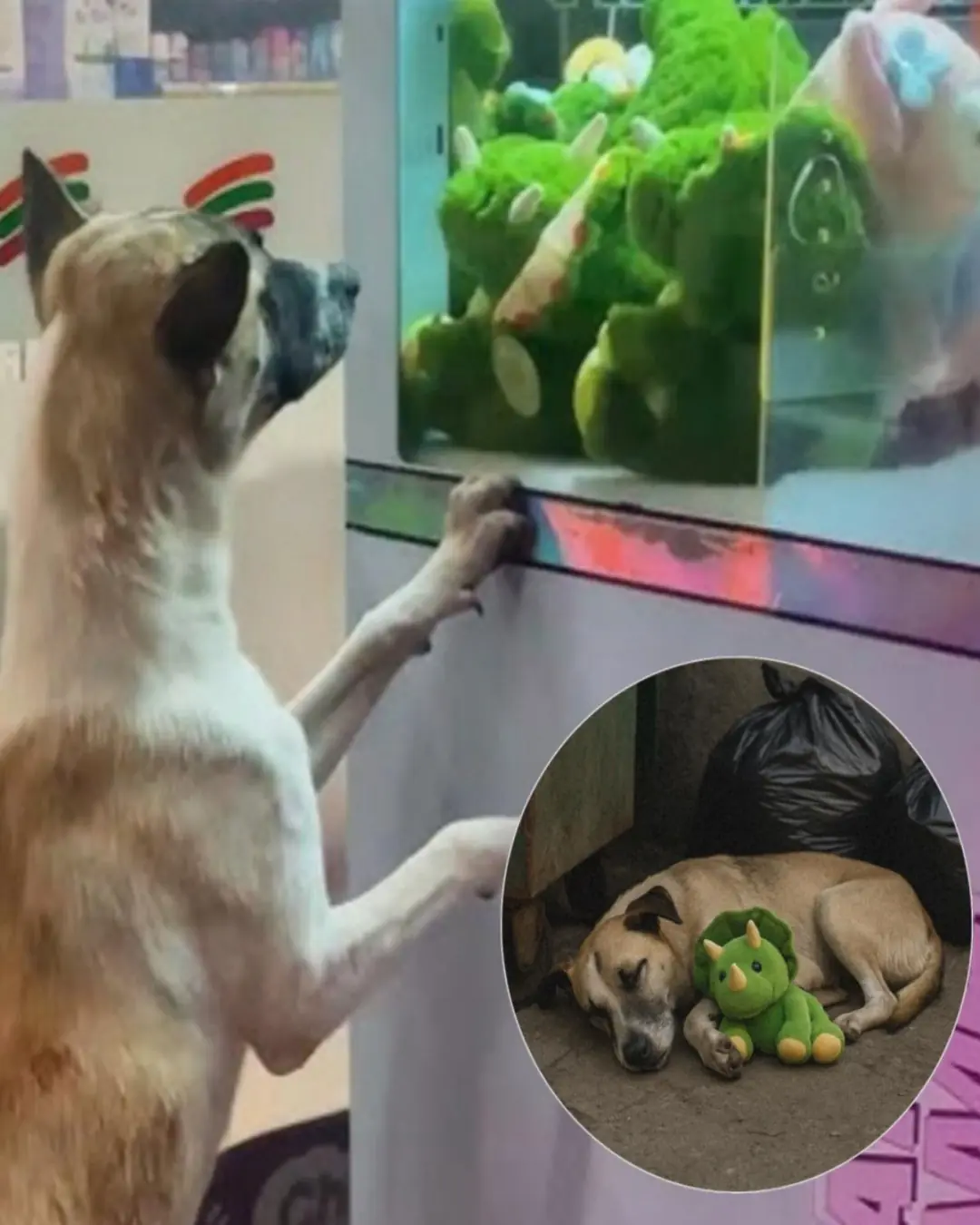
The Stray and the Green Triceratops: A Toy That Became a Lifeline
The Dog Who Carried a Toy—and Found a Family’s Love

A Final Gift of Love: Remembering Tonika West

Laid to Rest: Houston Mourns 11-Year-Old Julian Guzman

The House That Ruth Built: The Babe’s Final Farewell.
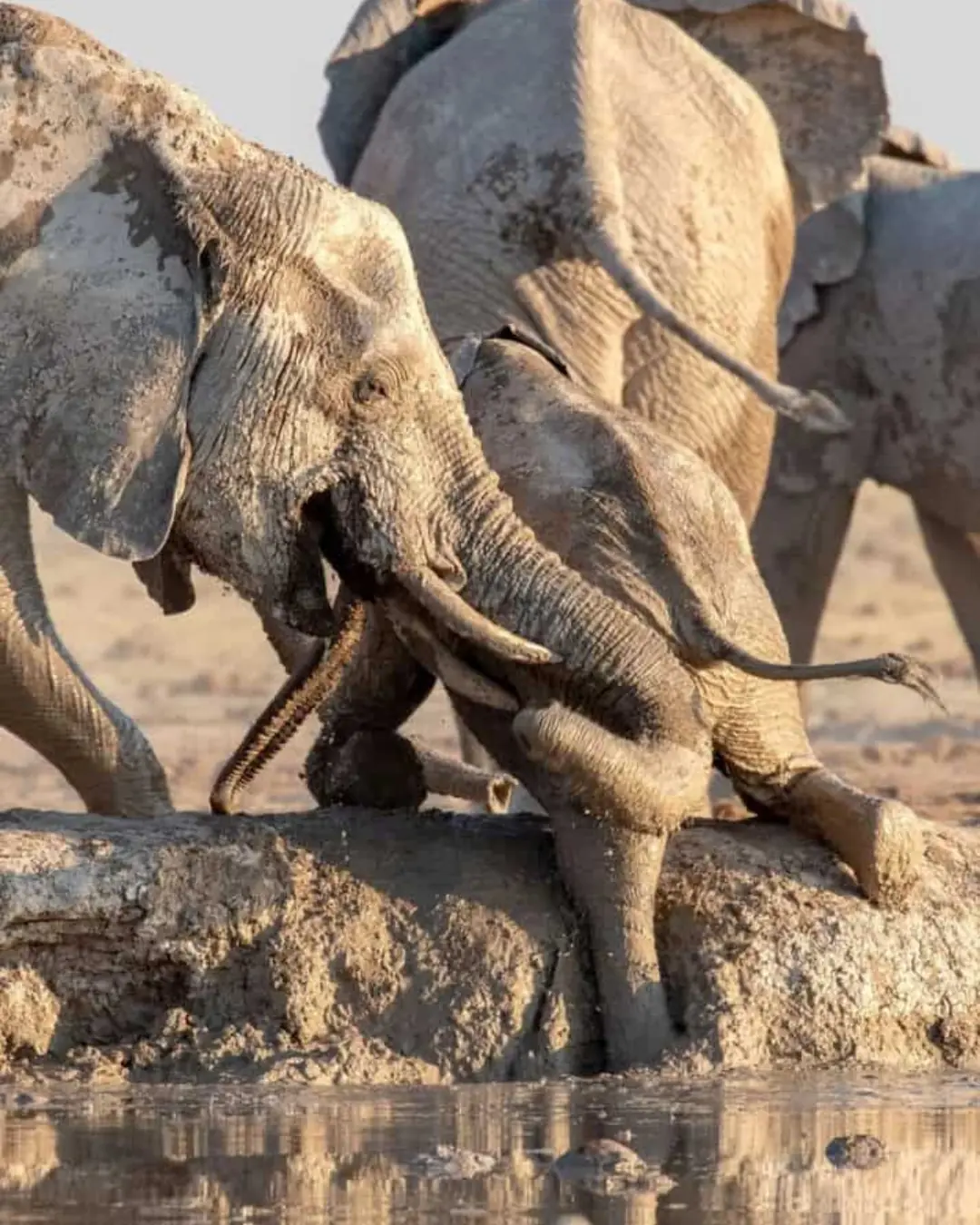
The Day the Herd Came Together: A Mother’s Cry and an Elephant’s Courage.

Love Comes in Every Color: A Family’s Beautiful Reminder That Genetics May Surprise Us, but Love Never Does.
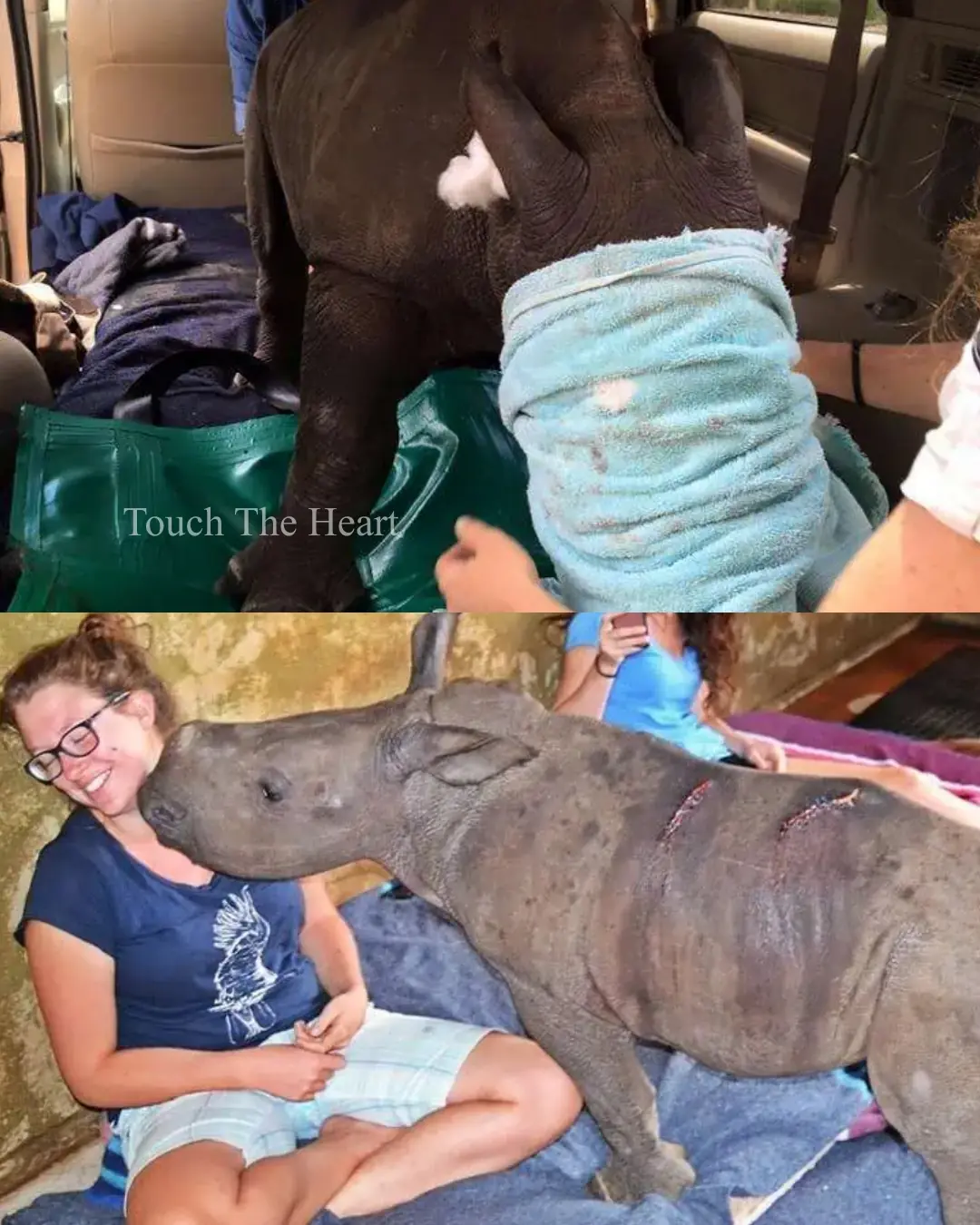
J’aime the Baby Rhino: The Little Survivor Who Learned to Love Again.

Petunia’s New Beginning: A Story of Love Found

From Broken to Beloved: The Story of Steven, the Dog Who Taught Us Why Kindness Matters

A Community Comes Together for Zeke.
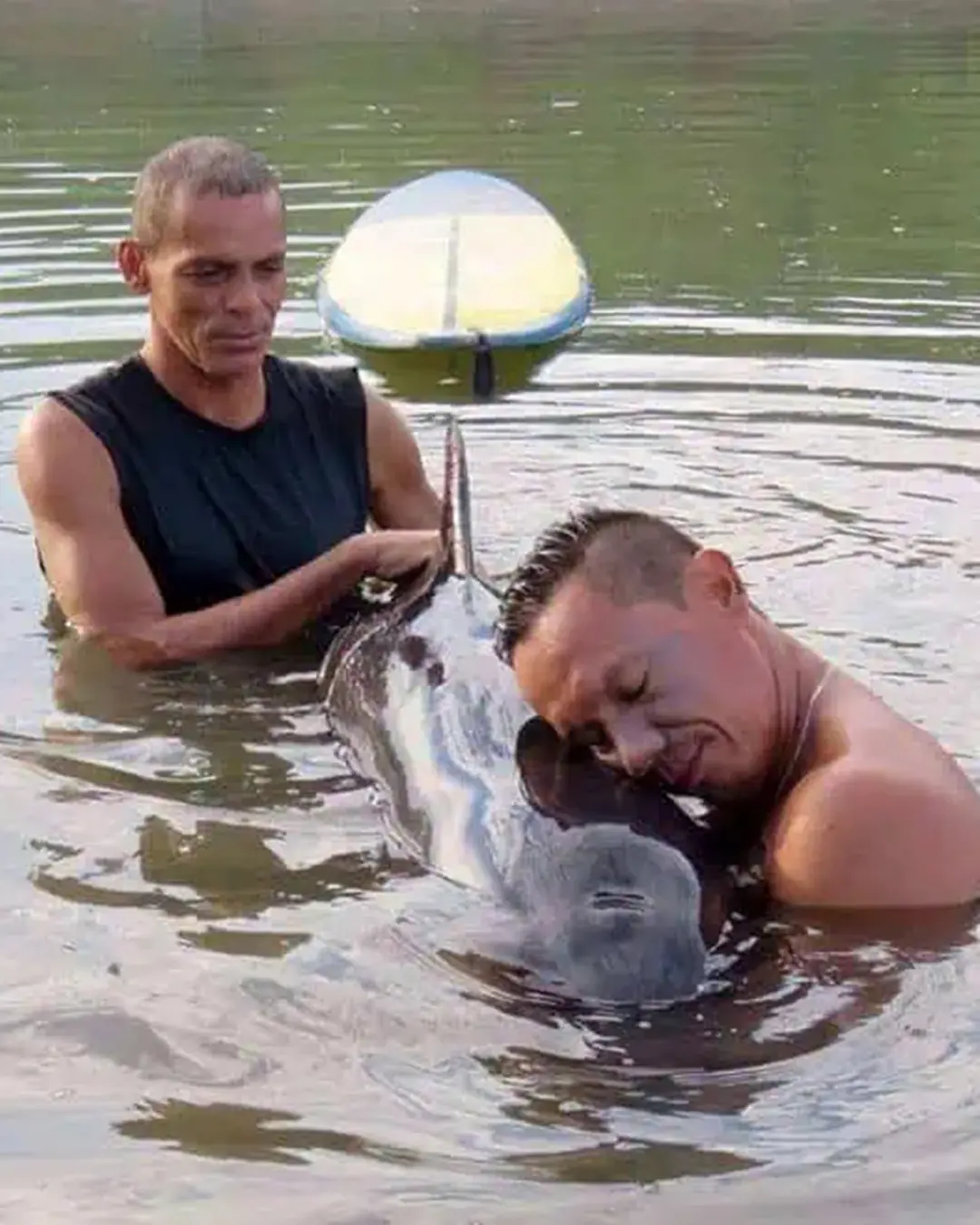
Surfers Trade Waves for a Life-Saving Mission: Rescuing a Stranded Baby Whale.

Lucy the Hero: The Dog Who Saved a Life
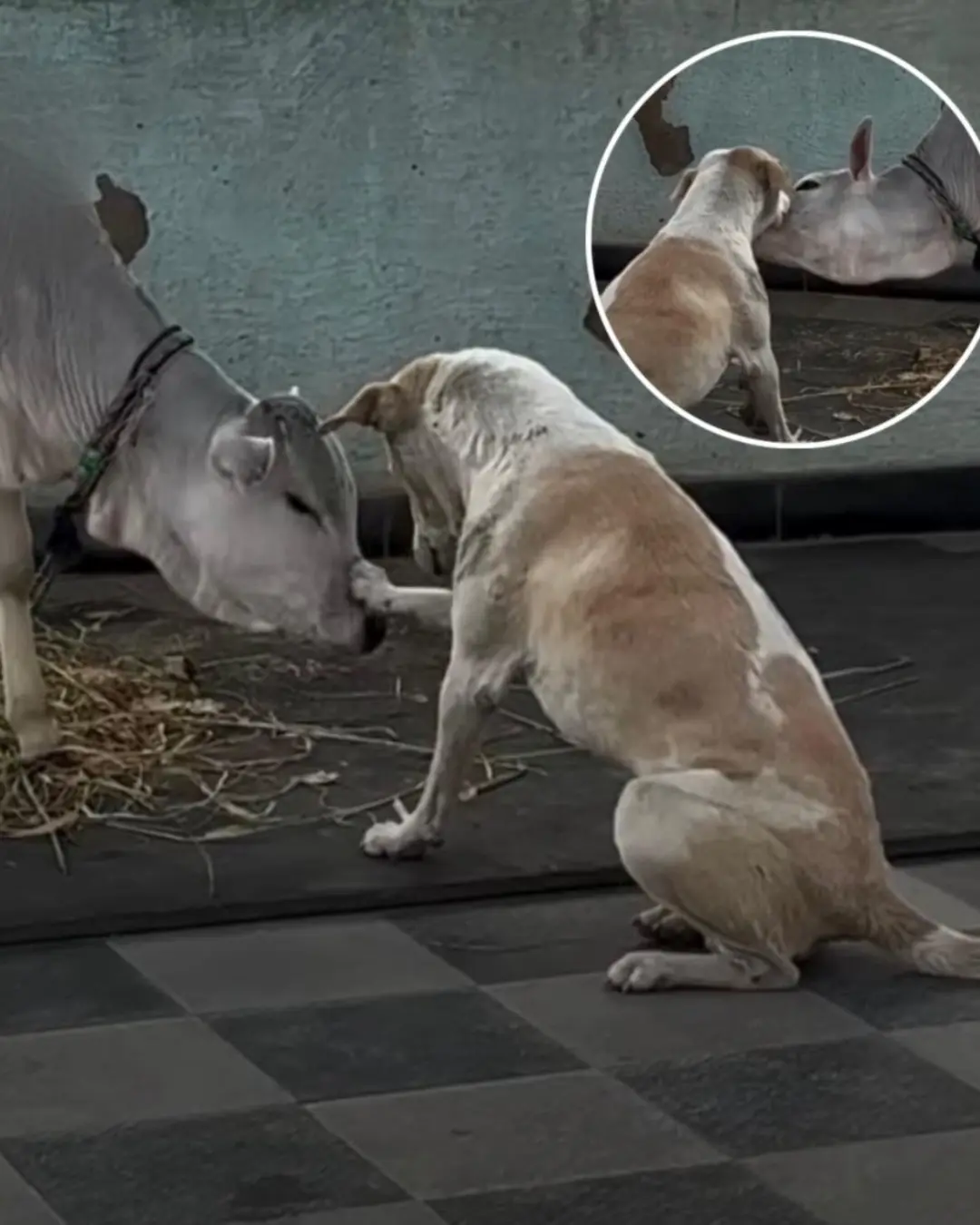
A Stray Dog’s Unlikely Best Friend: The Cow Who Became Home

When a Little Girl Bid $52.16 and Won Back Her Mother’s Police Dog
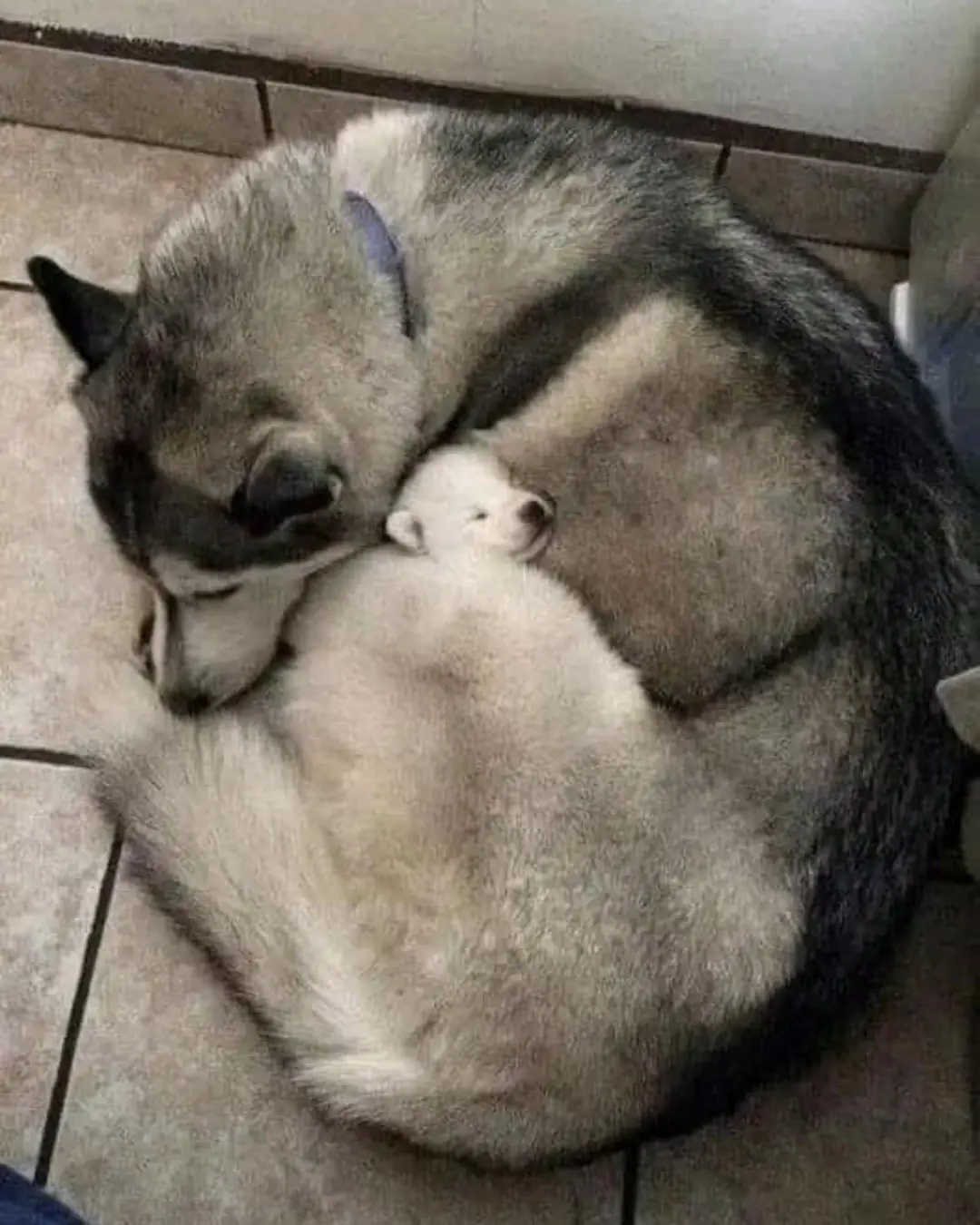
From Rescue to Guardian: How One Dog Taught Us the Power of Love
News Post

The general director found out that the cleaning lady was fluent in nine languages and immediately offered her a new position.

How to deodorize bathroom and toilet extremely effectively

Turning on the air conditioner at night at 28 degrees Celsius, thinking it would save electricity, turned out to be a mistake: This is the appropriate level, should be fixed immediately.

When pickling cucumbers, do not use boiled water that has been left to cool: Use this water to make the cucumbers crispy, delicious, and golden brown in just 1 night.

Washing machines accumulate a lot of dirt and bacteria: Pour this bowl into the washing machine to clean it like new and have fresh smelling clothes immediately.

Here’s the secret why everyone puts avocados on the fire!

Taro Root: The Ancient Superfood Transforming Health and Sustainability

Canker Sores Are The Absolute WORST…Here’s How To Get Rid of Them Fast!

U.S. Life Expectancy Lags Behind Other Wealthy English-Speaking Nations — The Contributing Factors

5+ Things Your Feet Can Reveal About Your Health (That You Shouldn’t Ignore)

The Aloe Vera Gel Is Not the Only One Very Useful

The 1,300-Year-Old Loaves That Brought the Words “I Am the Bread of Life” to Life

Student, 21, died just days after getting what they thought was ‘fresher’s flu’ as family issue warning

The Stray and the Green Triceratops: A Toy That Became a Lifeline

Thrown Away, Yet Still Breathing: The Heartbreaking Rescue of a Puppy Named Kiss
The Dog Who Carried a Toy—and Found a Family’s Love

How to Use Hà Thủ Ô to Promote Hair Growth and Give You Dark, Smooth Hair

A Fruit Called the “Best of the 21st Century” — Grown in Many Vietnamese Gardens, Yet Rarely Eaten
